In this piece, James Vilseck outlines the core skill-set of performing pressure strokes, particularly the buzz roll, and gives guidance on how to control the sound of each note. Pressure strokes require a slight pinch in the fulcrum, which produces two or more notes in a single stroke. Buzz strokes are the most basic application of pressure strokes, using a firm, but slight pressure between the thumb and index finger, sometimes incorporating the middle finger, and involve two or more notes in a single stroke. While the primary motion in pressure strokes comes from the forearm instead of the wrist, which should be locked, pressure into the drumhead– the approach and touch onto the drumhead itself– is another essential element of producing a buzz roll. Moreover, the document delves into two points of pressure that create a smoother connected buzz roll, with demonstration via a Cartesian graph. Dr. Vilseck suggests using a grid to promote overlapping pressure strokes to augment students’ typical preparation of buzz and pressure strokes. He also includes exercises that students can use for practice to work on overlapping buzz strokes.
Subscribe to continue reading
Continue your percussion discovery by joining the Percussive Arts Society today.
You'll join a global community of thousands of other dedicated percussionists, drummers, music educators, and students committed to pursuing knowledge, enhancing their technique, and supporting each other.









